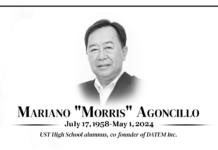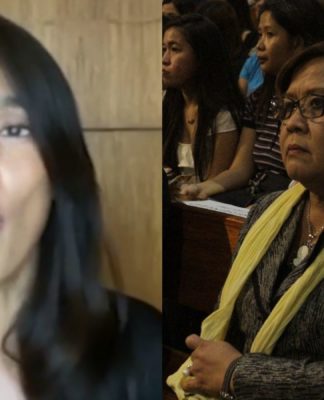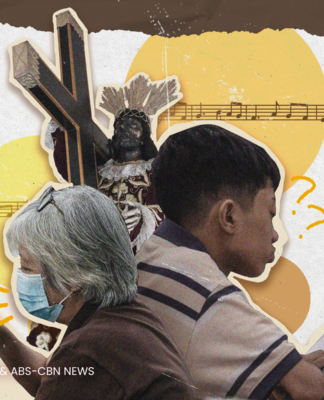POPE BENEDICT XVI revamped the interreligious Assisi Convention in Italy last Oct. 27 to lessen “misinterpretations” on the relationship between the Catholic Church and other religions.
One of the changes was the nature of the gathering, which was more of a pilgrimage than prayer, said Cardinal Peter Kodwo Turkson, president of the Pontifical Council for Justice and Peace, in an article posted on the website of the Catholic News Service.
This was to address criticisms hurled at the 1986 convention, where participants from different faiths held a common prayer service.
Turkson recalled that two African priests were given a room in the city hall to pray, while some non-Catholics appeared to have been given a church during the 1986 convention. “Buddhist monks chanted to the sound of a bronze gong. An animist from Ghana started a fire in a cup. A tribal chief from Togo invited spirits to enter a bowl of water. A Native American blessed people on the head with eagle feathers,” Turkson said.
This year’s commemoration of the 25th anniversary of the first Assisi meet was an “attempt to be clear that members of different religions are not praying together and to ensure that the specific identity and the differences of each religion are being respected,” the Cardinal explained.
The participants only gathered at the end of the day for a moment of silence and testimonials for peace.
Fr. Carlos Reyes, executive secretary of the Episcopal Commission on Interreligious Dialogue of the Catholic Bishops’ Conference of the Philippines, noted that the 2011 convention had no public prayers.
“The Pope wanted to avoid tendencies toward unification and syncretism,” Reyes said. “There were separate public prayers for peace coming from the various world leaders then, and statements coming from world leaders.”
Aside from religious participants from more than 50 nations, four nonbelievers were also invited by the Holy See to join this year’s pilgrimage—a first in the interreligious convention since its establishment in 1986.
“This innovative idea of the Holy Father is based on the conviction that men and women, both believers and nonbelievers, are always searching for God, for the Absolute, and that they are, therefore, all pilgrims travelling towards the fullness of truth,” said Msgr. Melchor Jose Sanchez de Toca Alameda, undersecretary of the Vatican’s Council for Culture, in an article posted on the website of the Vatican Information Service.
Another difference between the 1986 and the 2011 conventions were the themes. In 1986, Pope John Paul II focused on world peace. Pope Benedict XVI wanted to talk about “truth and peace.”
The interreligious dialogue on peace was established in October 1986 through the initiative of Pope John Paul II. The second convention took place in 2002.
“Following two and a half decades of collaboration and joint witness among religions, it is time to assess the results and to relaunch our commitment in the face of new challenges,” Turkson said.
Among the challenges needed to be addressed were religious discrimination, greater inequality, food and environmental problems, poverty, hunger, and financial and economic crisis.
Reyes said such conventions have become more essential than ever.
“I believe that there is still a need for an Assisi Convention in our times. This is in line with the Church’s commitment to interreligious dialogue,” Reyes said. JAMES BRYAN J. AGUSTIN















